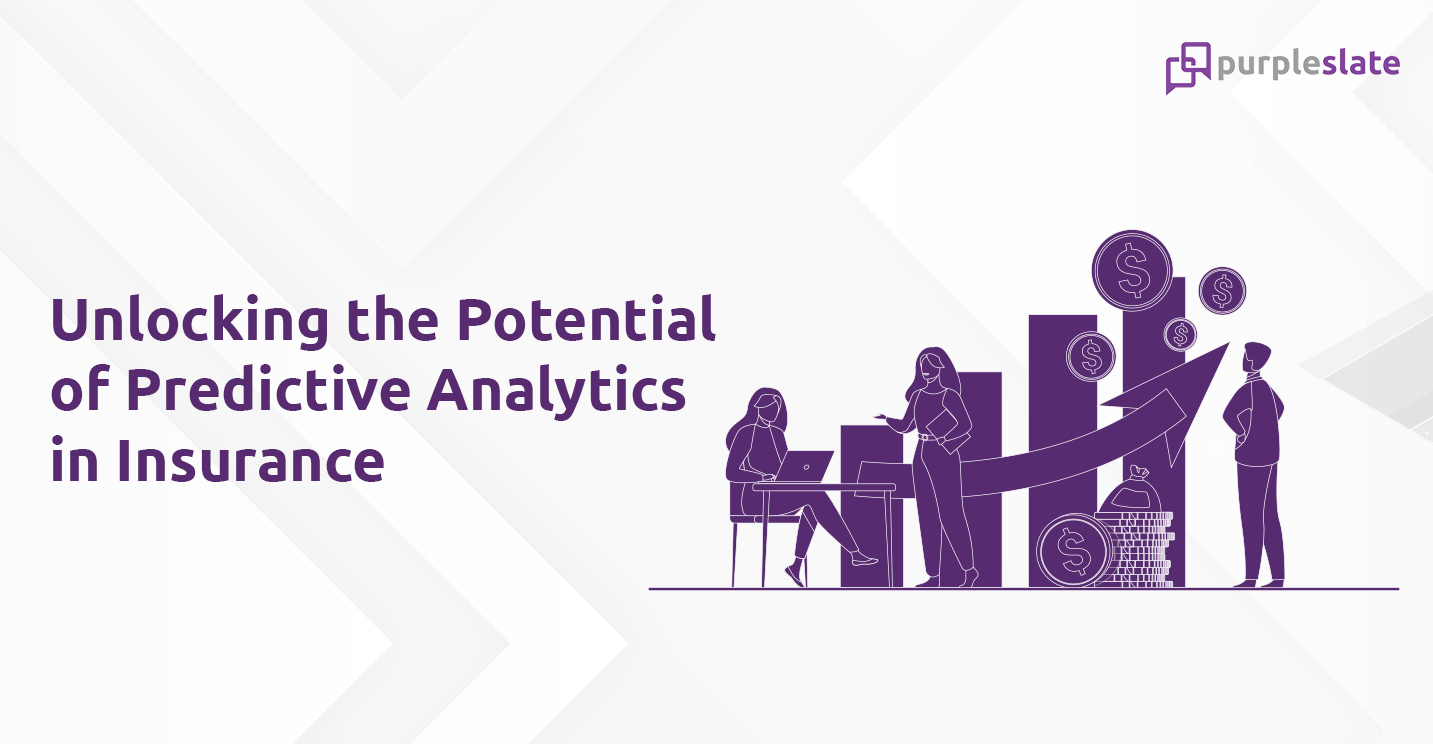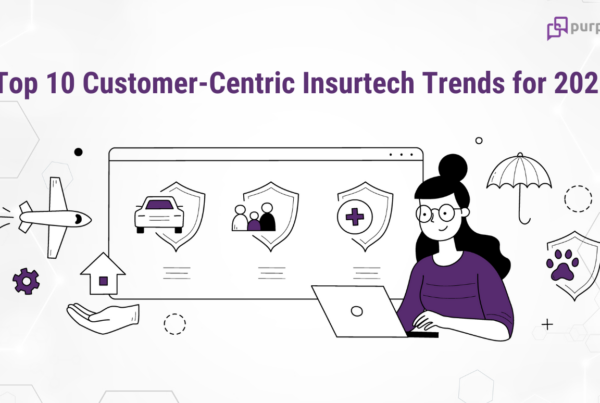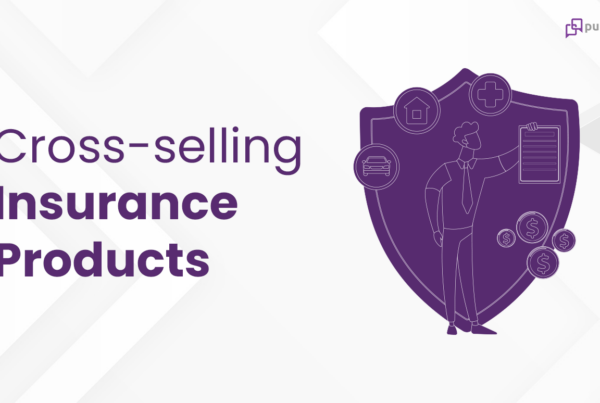
Introduction
Predictive analytics is the use of advanced data analysis and machine learning techniques to predict future outcomes and trends. It is transforming the way insurance businesses operate and is increasingly becoming one of the most powerful tools in the InsurTech industry.
What is Predictive Analytics?
Predictive analytics is a type of data analysis that uses historical data to predict future outcomes or trends. It uses statistical models, machine learning algorithms, and other advanced techniques to analyze large datasets, and uncover patterns and correlations that can be used to predict the possible outcomes and make informed decisions. Prediction can be customer behavior, trends in the marketplace, changes in the market, etc.
At its core, predictive analytics is about using data to understand the past and predict the future. By understanding the past, businesses can identify patterns and create models that can be used to predict future outcomes. This information can then be used to drive better outcomes.
By leveraging predictive analytics, insurance businesses can gain a deeper understanding of their customers, risks and opportunities, predict what coverages would be needed and provide proper recommendations.
Benefits of Predictive Analytics for Insurance
Predictive analytics is a powerful tool for insurance businesses. Here are some of the ways it can be used to drive better decisions and gain a competitive advantage:
Policy Optimization
In the past, insurers used a tiered pricing system for policies, adjusting the consumer according to the requirements they thought they met. But as personalization becomes more significant, the one-size-fits-all method is no longer viable.
With predictive analytics, insurers today can personalize policy plans by utilizing granular consumer data for underwriting. They can further understand customer preferences, price sensitivity, and behavioral signals by analyzing past data.
In the context of life insurance, for instance, predictive underwriting can assist insurers in matching policy details and costs with client expectations. The policy can also take into account external factors like market conditions, related hazards, risk concentrations, etc. As a result, the insurers are able to alter the coverages and arrive at optimum premium according to individual needs.
Risk Assessment
Any insurance organization, be its target market is either personal or commercial, thrives on its ability to assess risk. Risk assessment is generally based on the insurance risk rating models. With Predictive analytics, insurance companies can identify potential risks and develop strategies to mitigate them.
By analyzing customer data, insurance businesses can identify trends in customer behavior and anticipate risks. This can help them make more informed decisions during underwriting. For example, if a customer has a history of rash driving or has proposed claims in the past, with the help of predictive analytics, an insurance company can raise the premium of the product for the particular customer.
Claims Management
Claims management is a highly data-intensive process in insurance. According to the Insurance Information Institute, insurance professionals suspect 20% of the claims in 2022 might contain fraud a 2% increase from 2018 when the suspected fraud was only 18%.
With predictive analytics, insurers can streamline and simplify the entire process by considering disruptive circumstances. In the stage of claims investigation, with the help of machine learning, predictive analytics compares the key incident information with the trained conditions pertaining to the cause of loss, legal regulations, damage type, and much more. By analyzing customer data this way, insurance businesses can identify suspicious behaviors such as claims that unexpectedly become high-cost losses, and take steps to prevent fraud.
Customer Engagement
According to a McKinsey report, customer experience is one of the most vital factors in measuring insurance business performance. Predictive analytics has far-reaching benefits in boosting customer experience. As mentioned above, it is laying the foundation for increased positive customer experience and loyalty by customizing products and optimizing services. Predictive Analytics can also be used to gain a better understanding of customer intent, streamline claims processes and make it effortless, understand issues, and take corrective measures to fix them, thus creating a loyal customer base.
Data-Driven Insights
By analyzing customer data, insurance businesses can identify trends and correlations that can be used to take proactive measures to stay ahead of competition. With predictive analytics, insurers can uncover data-driven insights that can be used to drive better judgments during important business decisions such as expanding particular divisions of the business based on potential opportunities, determining pricing models for various products, and much more.
Customer Retention
Customer retention is an important part of insurance business and Predictive analytics can also be used to predict the customer intention to renew the policy and based on the outcomes, special focuses can be given to customers who have low intention rate to renew the policy.
The predictive analytics process is an iterative process
The predictive analytics process is an iterative one. This means that the process is repeated and steps are taken until the problems are solved. The analytics results must be analyzed to identify patterns in how users interact with a business’ site or product or service.
For example, if an insurance company discovers that they are facing poor sales with their diabetes insurance product then this could indicate that the product policies must be revised and updated according to contemporary needs. Correspondingly, more than two-thirds of insurers credited predictive analytics with reducing issues and underwriting expenses, and 60% say the resulting data was helping them increase sales and profitability, a report says.
Conclusion
Predictive analytics is transforming the way insurance businesses operate and is increasingly becoming one of the most powerful tools in the InsurTech industry. In order to be successful at using predictive analytics effectively, you must know the steps involved in the process and how each stage fits into its overall workflow. If implemented appropriately, predictive analytics can help insurance businesses reap tremendous benefits, gain a competitive advantage and drive better revenue. Get in touch with us today to learn more about how predictive analytics can benefit your insurance business.




